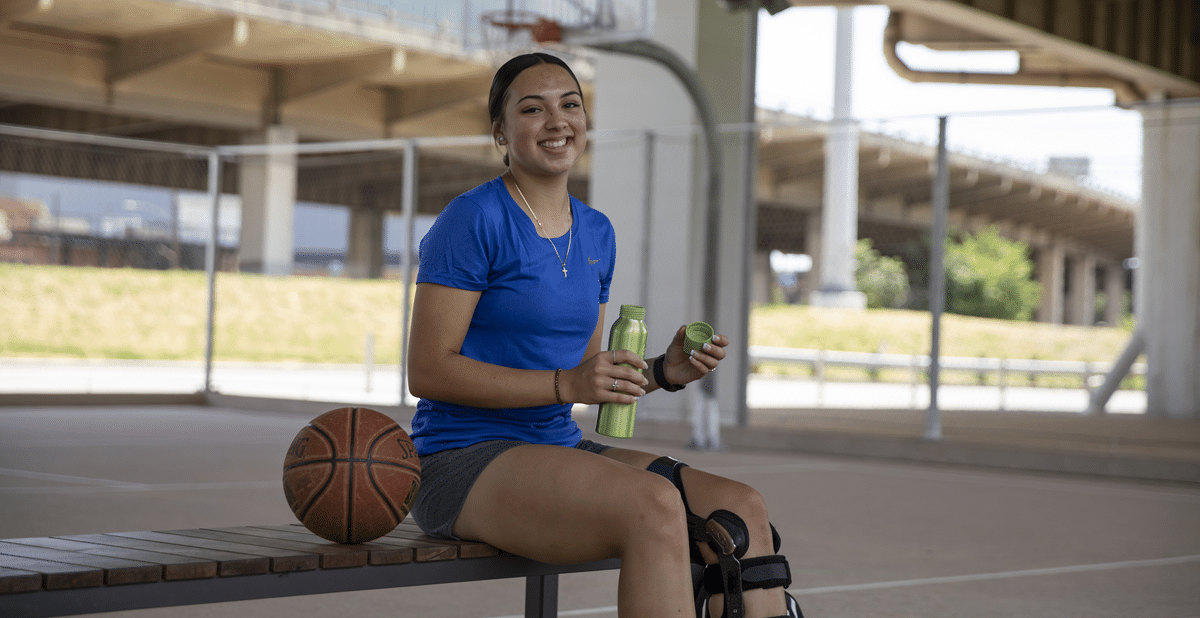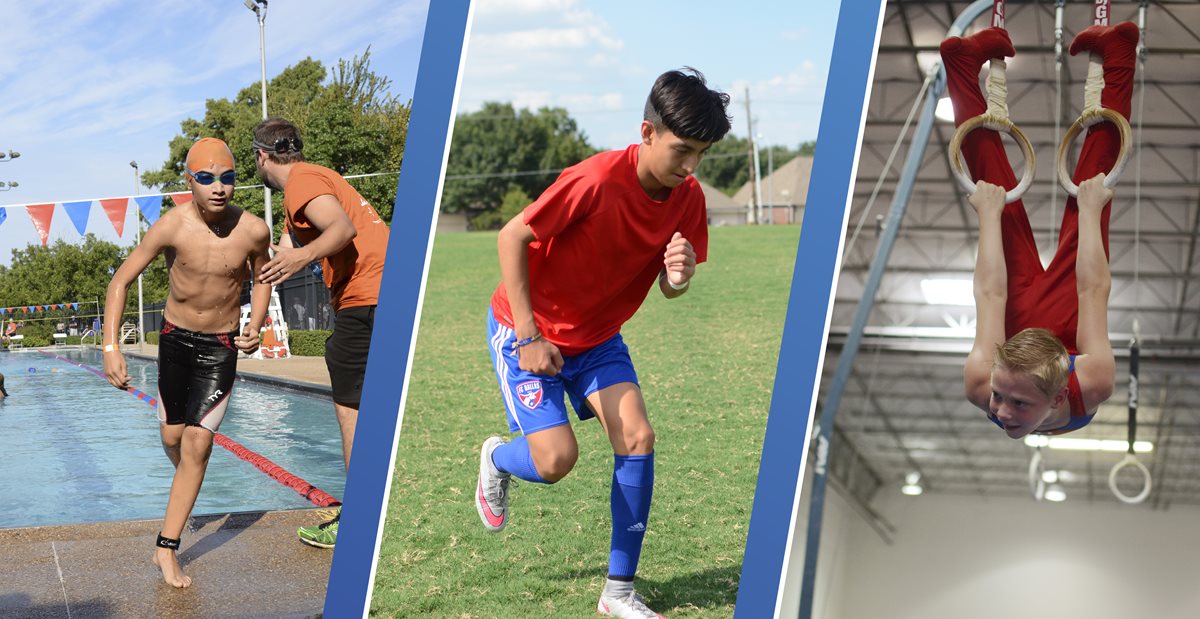At Scottish Rite for Children, our sports medicine team cares for many young athletes with anterior cruciate ligament (ACL) injuries every year. With her previous experience as a Division II soccer player, sports physical therapist Nicole Shivley has a passion for...



















